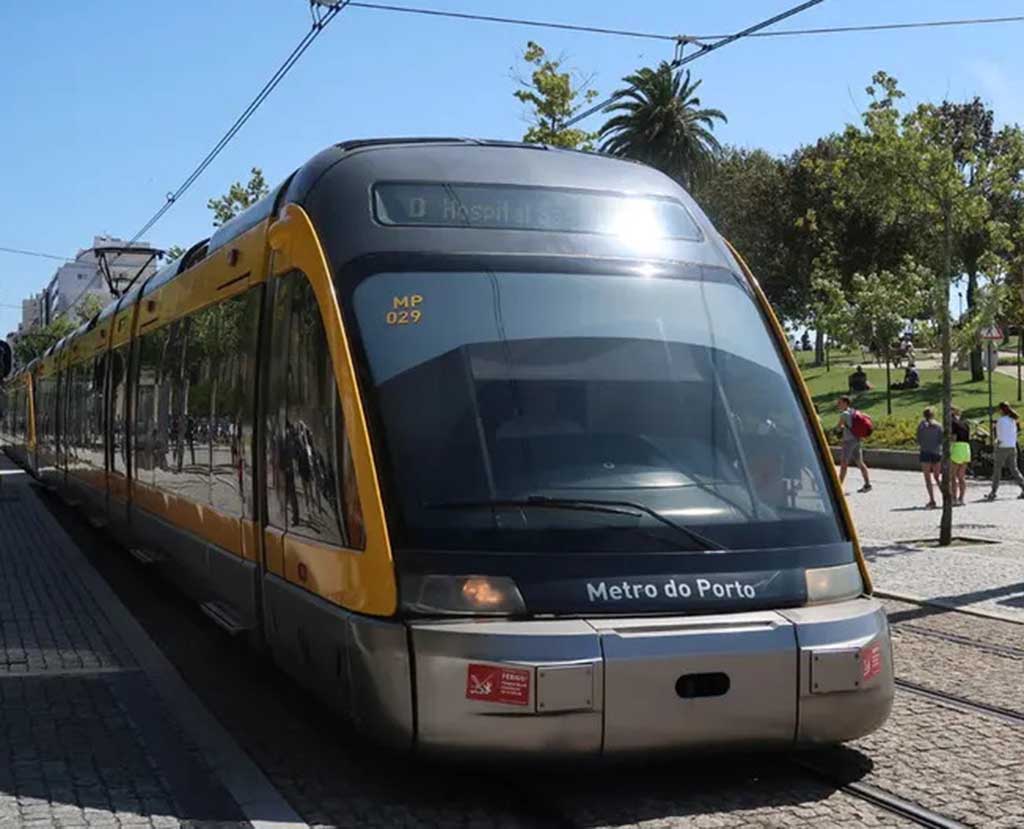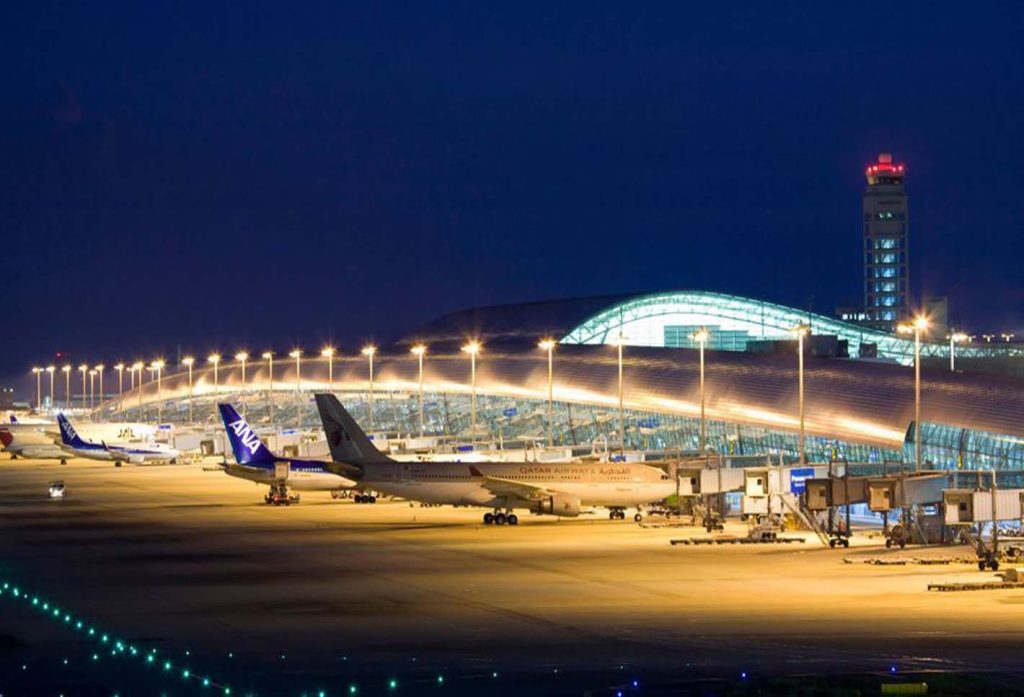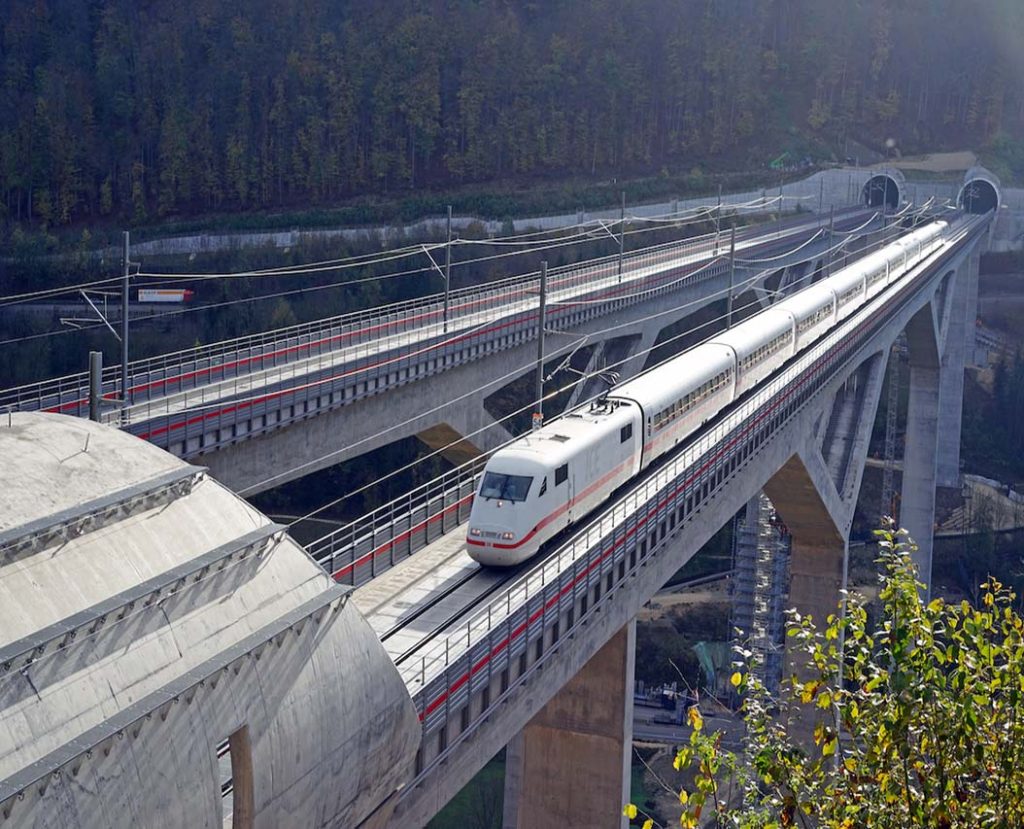Portugal is a country with rich history and beautiful coastline. Its two major cities, Lisbon and Porto, are undoubtedly the two most important stops on a traveler’s itinerary. The distance from the metropolis in the south to the port city in the north is about 313 kilometers. Although it is not far, there are many ways to travel from Lisbon to Porto, including high-speed rail, long-distance bus, and self-driving, each with its own characteristics and different experiences. So which way is the best?
1. High-speed rail: fast and comfortable, one of the best choices for travel
1.1 Overview of Portugal’s high-speed rail
Portugal’s high-speed rail system is operated by the national railway company CP (Comboios de Portugal). The main lines from Lisbon to Porto are “Alfa Pendular” and the more economical “Intercidades”. Alfa Pendular is a high-speed train with a speed of up to 220 kilometers per hour. It takes about 2 hours and 45 minutes to reach Porto from Lisbon. Intercidades is slightly slower, taking about 3 hours and 15 minutes, but the ticket price is also cheaper.
Both trains mostly depart from Santa Apolónia or Oriente stations and end at Campanhã Station in Porto. Some trains also stop at São Bento Station in the center of Porto.
1.2 Recommended booking platforms
If you want to book high-speed rail tickets in Portugal, you can use the following channels:
Omio: a multilingual, user-friendly international travel platform suitable for tourists to compare multiple travel options.
Trainline: It also supports Portuguese railway reservations and has direct payment in euros, suitable for travelers who have linked euro bank cards.
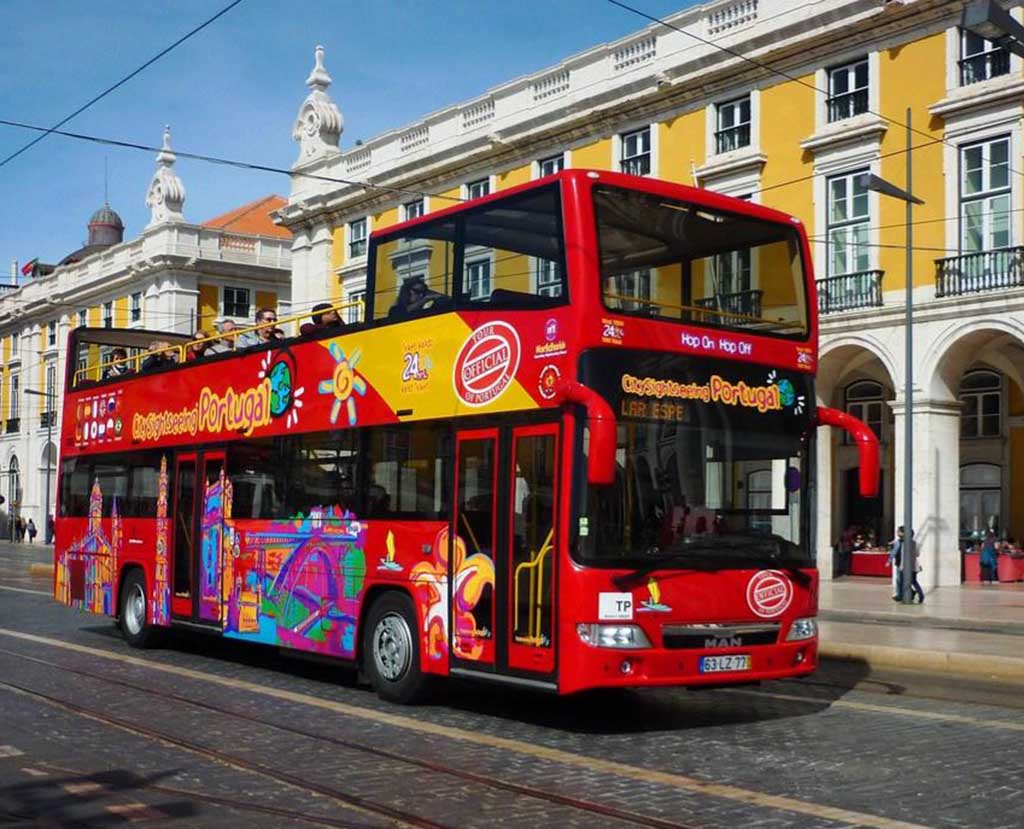
1.3 Advantages and suitable groups
The biggest advantages of high-speed rail are fast, comfortable, and punctual. The carriages are clean, have WiFi and charging sockets, and some trains even have small bar carriages. It is very suitable for tourists who want to save time and enjoy a comfortable journey, especially couples with luggage, business travelers or family travelers.
1.4 Ticket prices and schedule recommendations
Alfa Pendular fares are generally between 25 and 40 euros (depending on seat class and booking time), while Intercidades fares are slightly lower, starting at 15 euros. It is recommended to book at least one week in advance to get discounted tickets.
2. Long-distance buses: an economical way to travel
2.1 Overview of long-distance buses
If travelers have a limited budget or prefer to take a slow drive along the way to enjoy the scenery, long-distance buses are a cost-effective option. The average bus trip from Lisbon to Porto takes about 3.5 to 4.5 hours, and some night buses take even longer. The bus is generally equipped with air conditioning, WiFi, and sockets, which are very comfortable and suitable for travelers who are not in a hurry.
Major bus companies include FlixBus, Rede Expressos, and Renex.
2.2 Recommended booking platforms
FlixBus: A long-distance passenger transport company founded in Germany, with frequent flights, transparent prices, and excellent mobile application experience. Suitable for young travelers with flexible plans.
Omio: You can directly search and compare bus routes of different companies, which is suitable for tourists who come to Portugal for the first time.
Busbud: It supports Chinese interface, which is convenient for finding bus fares, departure times, etc., and is suitable for independent travelers.
2.3 Advantages and Suitable Crowds
The biggest advantage of long-distance buses is that they are cheap: the ticket price is usually between 5-20 euros, especially the advance booking price of FlixBus is very attractive, sometimes even less than 10 euros. For single travelers, backpackers or students, buses provide enough flexibility and cost control space.
Another advantage is that the frequency is dense, with departures from early morning to late night, especially suitable for travelers with red-eye flights.
2.4 Notes
Buses usually depart from Sete Rios or Oriente stations and arrive at bus stations such as Campo 24 de Agosto or Casa da Música in Porto. Travelers should find out the location of the station in advance to arrange connecting transportation.
In addition, some low-priced tickets cannot be refunded or changed, so it is recommended to book after the plan is confirmed.
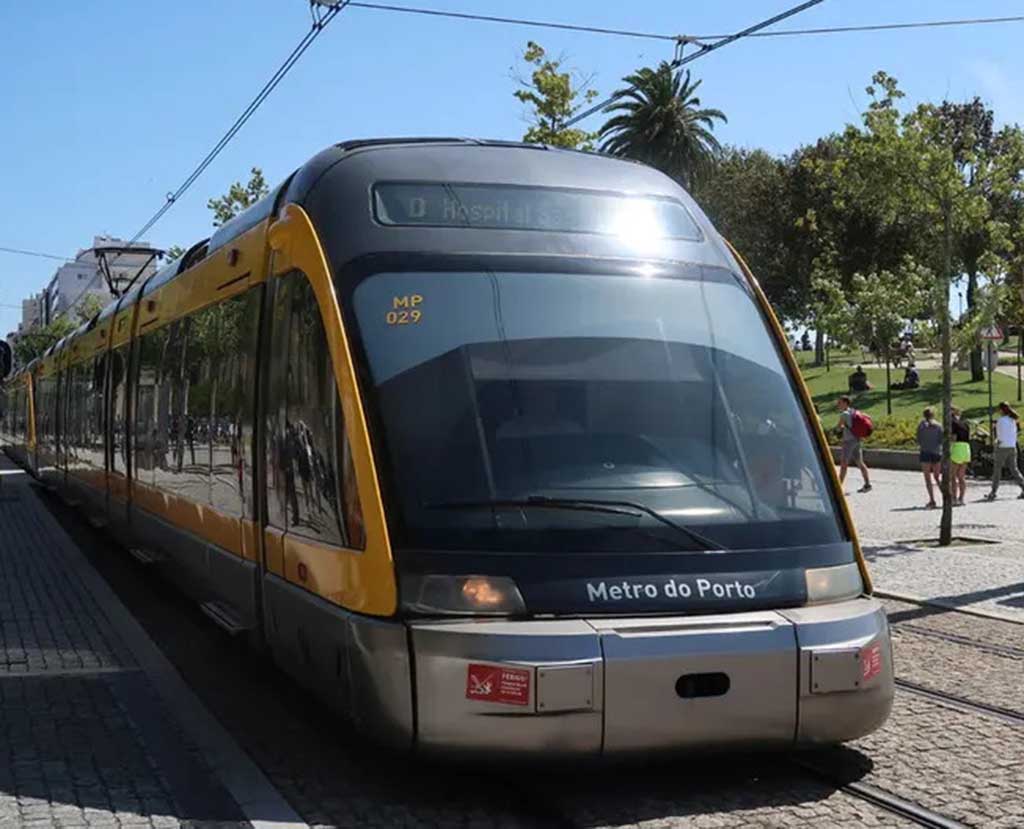
3. Self-driving tour: Freedom to control the rhythm, suitable for deep explorers
3.1 Self-driving route and driving conditions
It takes about 3 hours to drive from Lisbon to Porto. The A1 highway is the main way along the way. The road conditions are good. There are gas stations, rest stops and scenic spots such as Coimbra and Óbidos along the way.
Portugal has a well-developed road system and the threshold for renting a car is not high. You only need to provide a valid driver’s license (such as an international driver’s license or a Chinese driver’s license with an English translation) and be over 21 years old to rent a car.
3.2 Recommended booking platform
Rentalcars: An international car rental platform that provides a variety of car models and insurance options, suitable for travelers who want to get it done in one step.
Discover Cars: Compare prices of different car rental companies, support Chinese operations, suitable for users who focus on cost-effectiveness.
SIXT / Europcar / Hertz: There are outlets in major cities in Portugal, with complete services, suitable for users who have requirements for brands and services.
3.3 Advantages and Suitable Crowd
The biggest advantage of self-driving is flexibility. You can stop at any time and visit small towns on a detour. It is suitable for travelers who want to deeply experience the culture and scenery of central Portugal. It is especially recommended for family trips, group trips or photography enthusiasts.
In addition, the cost of renting a car is very attractive during the off-season, and the daily rental price is often as low as 20 euros. If multiple people share the cost, it is more cost-effective.
3.4 Potential disadvantages and precautions
Despite the high degree of freedom, self-driving also has a certain threshold. You need to pay highway tolls (A1 line is a toll road), be familiar with local road signs, pay attention to speed limits, and pay attention to parking regulations (especially the difficulty of parking in the old town of Porto). In addition, there are many mountainous roads in some parts of Portugal, and first-time self-driving drivers are recommended to choose automatic transmission vehicles.
4. Comparison of three methods and summary suggestions
4.1 If you focus on efficiency and comfort-choose high-speed rail
High-speed rail is the most efficient option, suitable for travelers with limited time or who like to travel safely. It is especially suitable for business people, couples, and families traveling with the elderly or children.
4.2 If you have a limited budget and want to save money – choose a long-distance bus
Although long-distance buses are a bit slower, the price is very attractive and suitable for students, backpackers or budget-controlled independent travelers.

4.3 If you like to customize your route or stop along the way – choose self-driving
For photography enthusiasts, families with children or multi-day itineraries, self-driving undoubtedly provides the greatest freedom and exploration opportunities.
5. Tips: How to arrange the itinerary more reasonably?
Time arrangement: Travel during off-peak hours for greater efficiency
The best time to depart from Lisbon to Porto is early morning or morning, so that you can arrive at your destination at noon or afternoon, which not only avoids peak traffic but also saves accommodation costs for the night. Early trains or buses are usually more punctual, and the scenery along the way is more visible, which is very suitable for photography enthusiasts.
Mix and match: Free and flexible journey design
More and more travelers choose mixed transportation methods such as “take the train on the way out and transfer to the bus on the way back” or “drive a section and rely on public transportation on the way back”, which not only provides a more diverse experience, but also provides the possibility of checking in more niche cities along the way.
During festivals: Remember to lock in your tickets in advance
There are many festivals in Portugal, especially Easter, Santo Antonio Festival (Lisbon) and Sao Joao Festival (Porto) in June. Intercity transportation is particularly tight during this period, and tickets are easy to sell out. It is recommended that travelers make reservations at least two weeks in advance, especially for high-speed trains and high-quality long-distance buses, to ensure seats and comfort.
Transportation passes: Don’t forget to check the scope of application
If you hold a Portuguese or European pass (such as Interrail, Eurail), some inter-city high-speed trains can be ridden for free or at a discount, but in most cases you still need to reserve a seat in advance. Passengers should read the ticket rules in detail before booking to confirm whether it is applicable to the high-speed train line from Lisbon to Porto, and pay attention to whether there is a surcharge or reservation fee.
From Lisbon to Porto, it is a practical and beautiful journey. Whether you are sitting on a high-speed train with a view of the Atlantic coastline, or slowly passing through a bus listening to Portuguese music, or driving freely behind the wheel, you can feel the Portuguese style on this road.
Choosing the most suitable travel method for yourself is not only for “arrival”, but also for “enjoying every minute on the road”.
